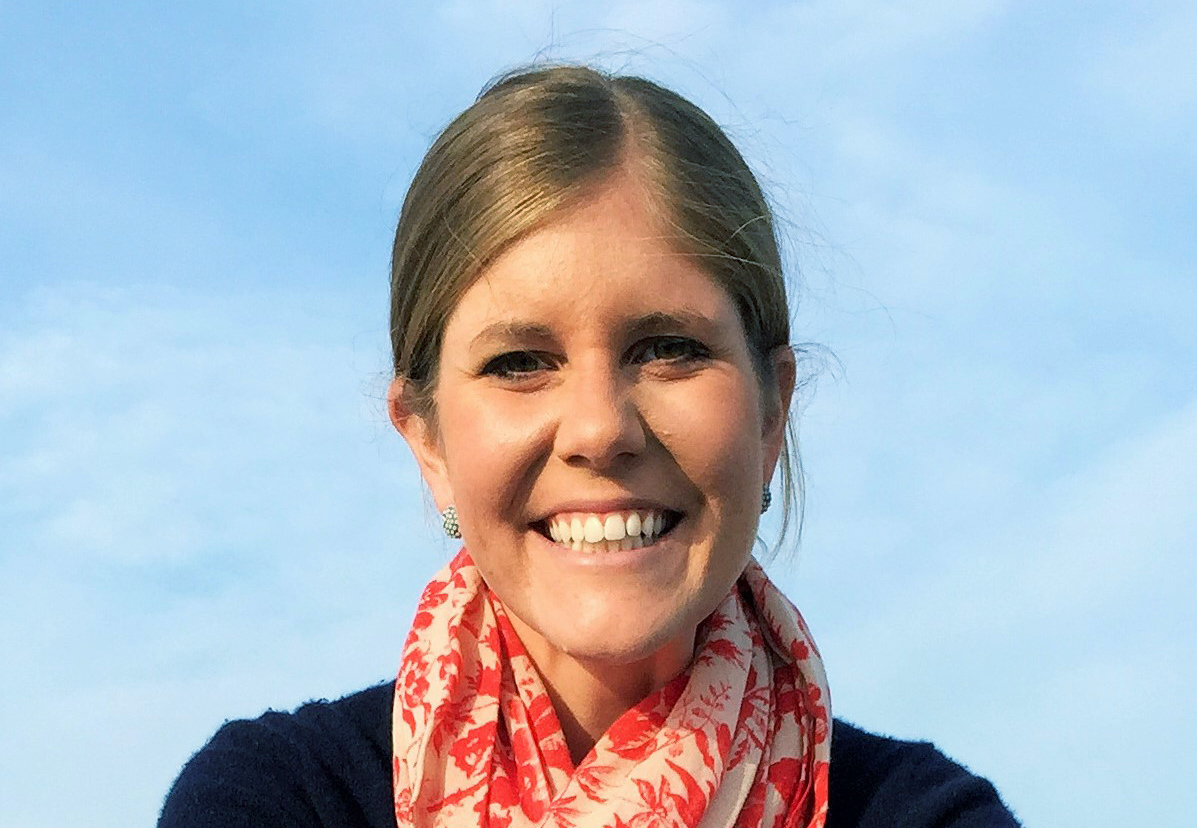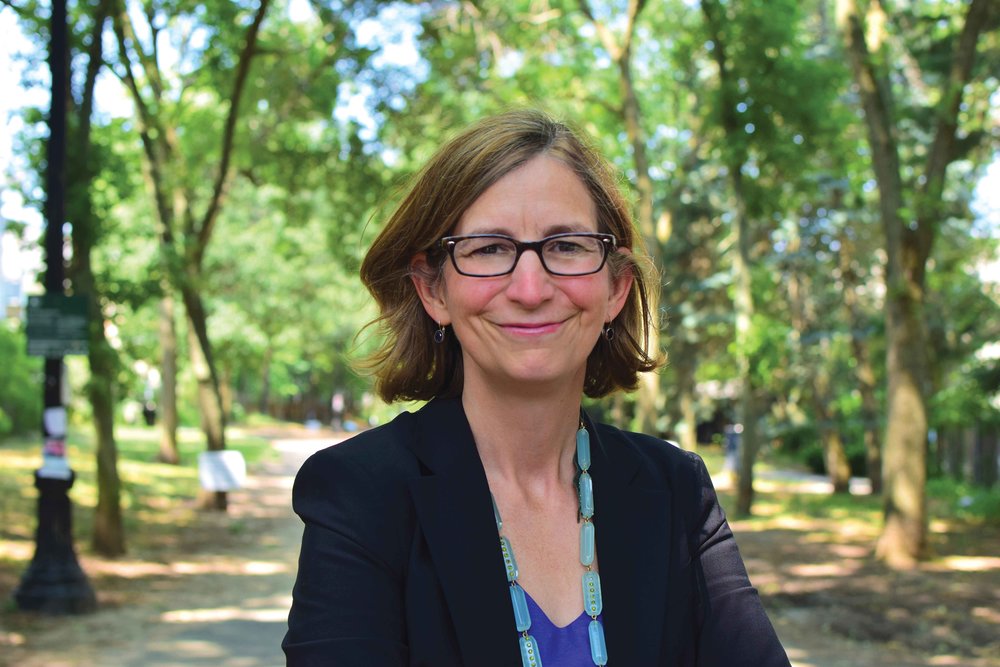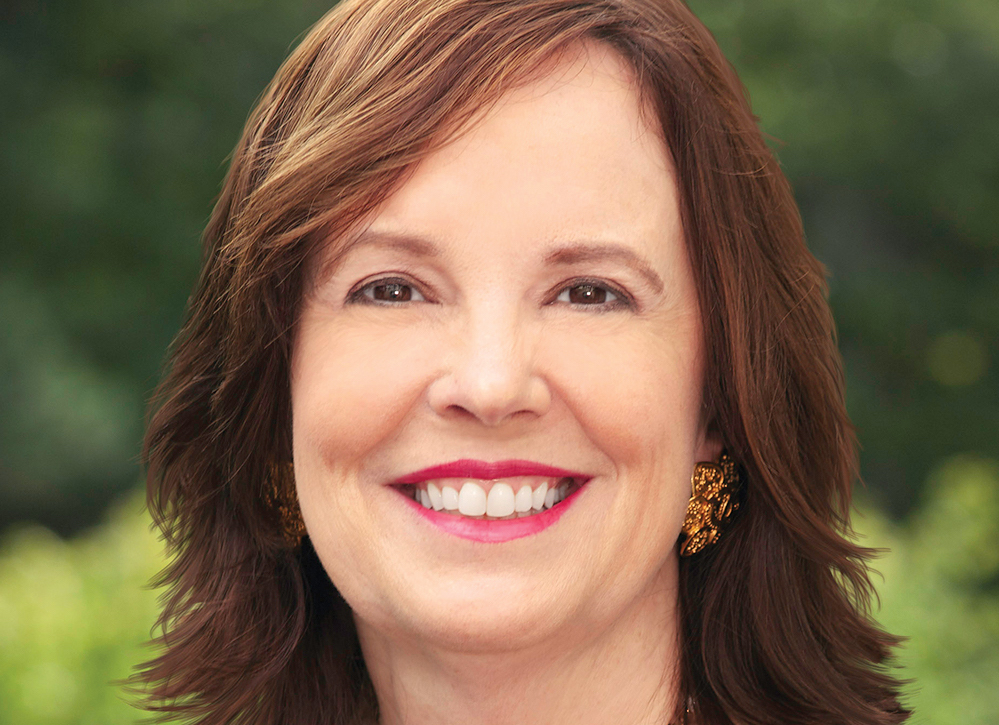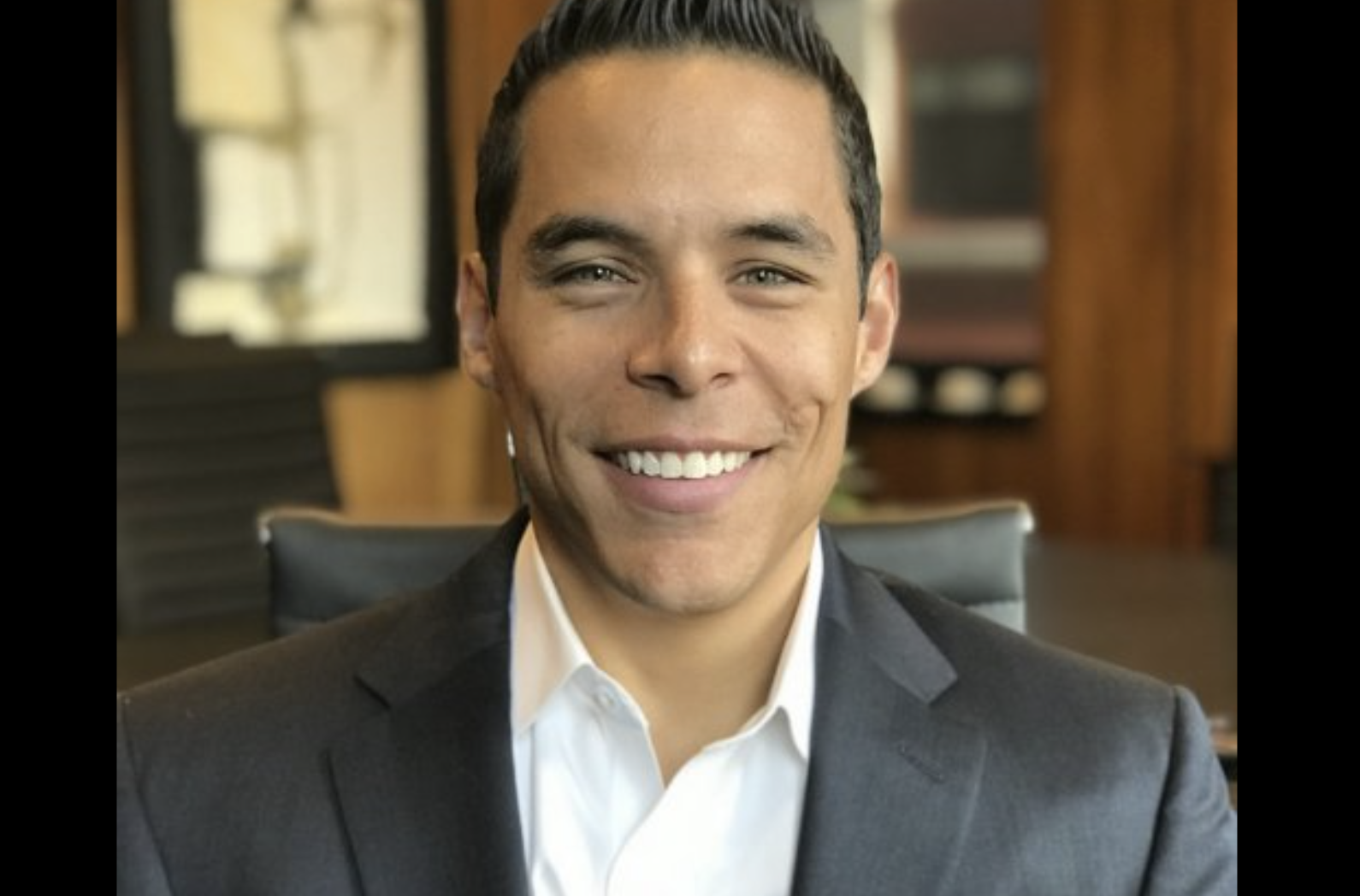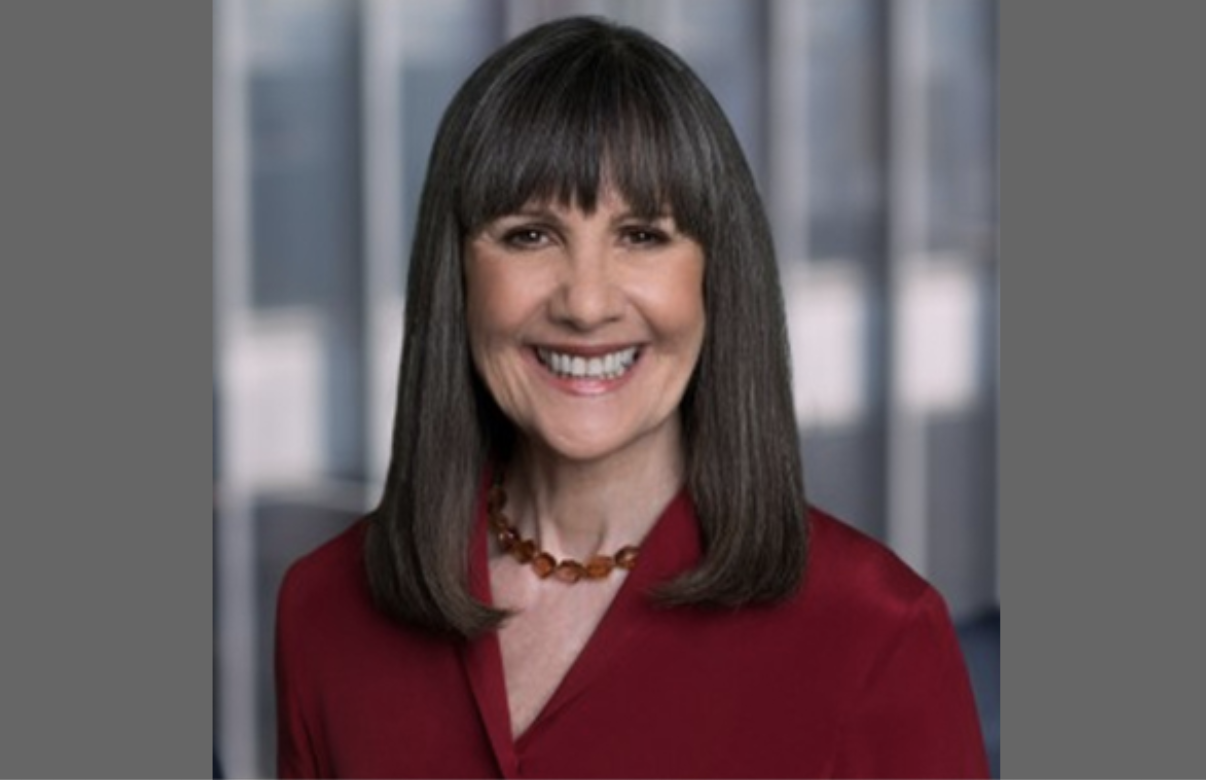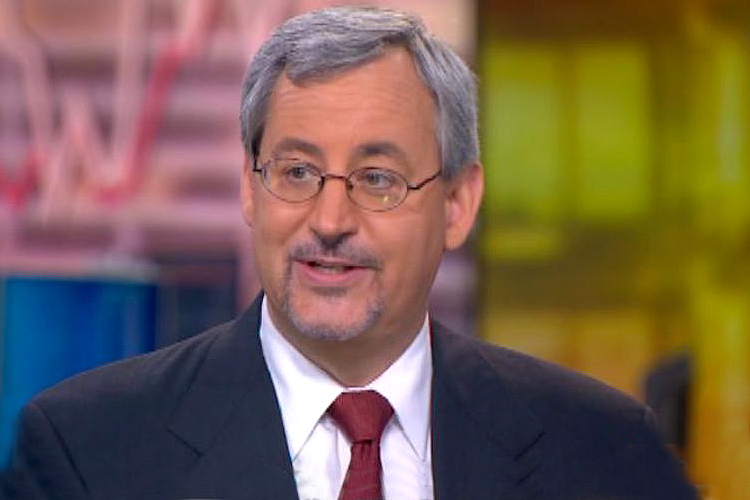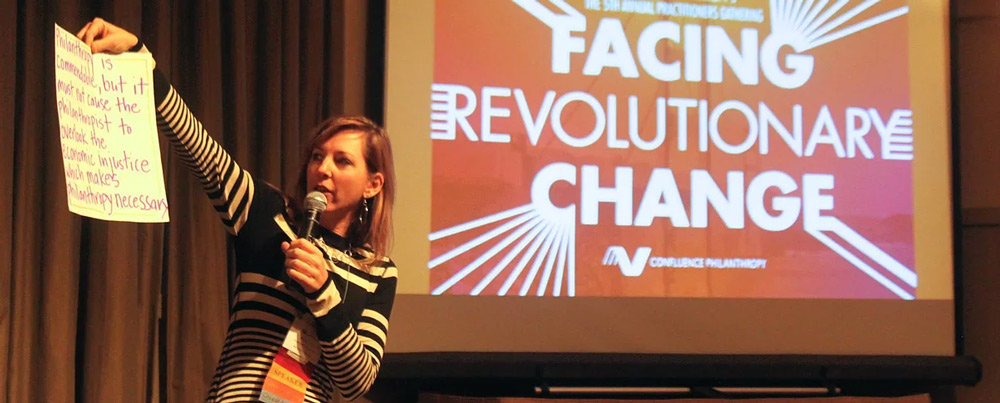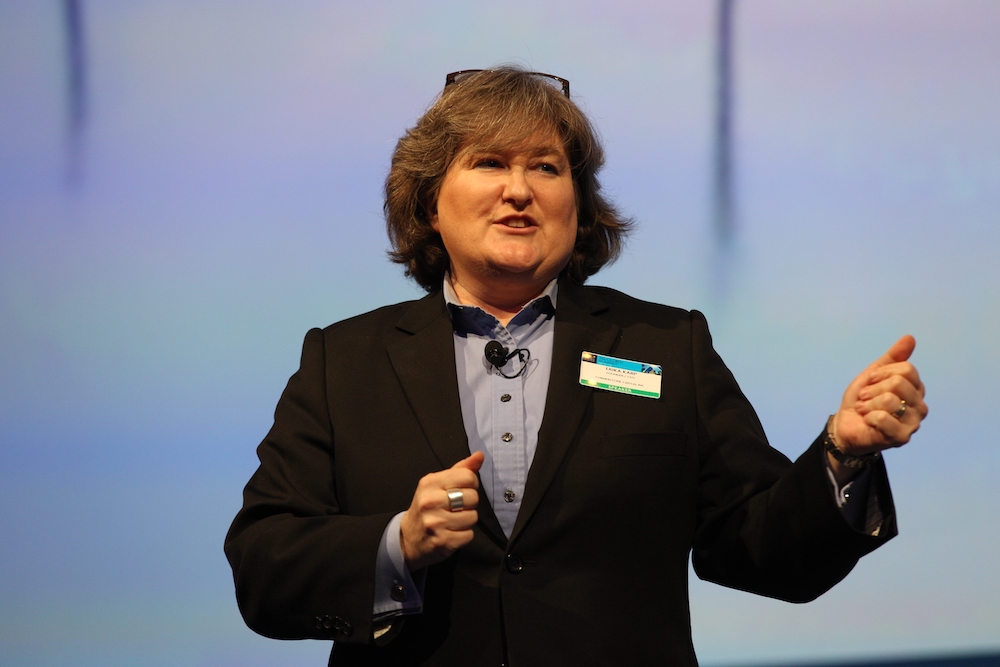It has been nearly four years since I wrote about my process to align my investment portfolio with my values. Back then, in May of 2016, sustainable investing was gaining ground but was a relatively niche topic among believers (see the eye-popping chart below). The Paris Agreement and the Sustainable Development Goals had been drafted only the year before and were not yet a part of the global rallying cry that they are today. I did not have any children (I now have four).
All said, a lot has changed.
Given this backdrop, I wanted to provide an update on my portfolio and thinking as new products, platforms, and frameworks have emerged.
This communication is not a solicitation or offer to sell any securities or advisory services. It is for informational purposes only.
Last time I segmented my portfolio by where products fit in my “values box” — a structure I made up because, at the time, I couldn’t find a better one. Now, I’ll organize by asset type within a simple framework that has been created by industry efforts like Impact Management Project (IMP) and large financial firms like BlackRock. In the framework used by BlackRock, there are four main categories: Screened, Broad ESG, Thematic ESG, and Impact. These categories map to the Impact Goals outlined by the IMP, which they call “Act to Avoid Harm” (aka Screened), “Benefit Stakeholders” (aka Broad or Thematic ESG), and “Contribute to Solutions” (aka Impact). The image below shows how my investments map to these categories.
For each asset class, I have included where I’ve invested, where I have chosen not to invest, and what — if any — thoughts I have on the industry at large. Like Nick, while I’ve tried to be 100% values aligned, my portfolio is not perfect and there are some areas where I wish there were more or better options available.
Cash
In the past few months, there has been an increasing cry for people to use cash as an easy way to invest personal dollars with impact. In my experience, this was actually one of the hardest asset classes to shift.
In 2018, I transferred my checking and savings accounts from a big bank to our local Community Development Financial Institution, City First Bank. I love that my money is kept safe and active in our local community through investments in affordable housing and critical community infrastructure, but de-tangling accounts, credit and debit cards, automatic deposits, and withdrawals was quite the process.
There is also a pretty big difference in customer experience given the limited ability of small CDFIs to invest in technology and services. The mobile deposit limit is small, there is only one bank branch (and its opening hours feel like a blast from the past), and things like bill pay and money transfers are not as easy or seamless as they have become with the major players. This is one area where, unfortunately, I think there is still a trade-off when prioritizing impact.
There are new actors in this space that market products as high-yield savings accounts that are invested in a small part of the CDFI market without FDIC insurance. Any cash or cash-like products without insurance make me nervous, especially while we’re (likely) on the brink of a recession. I worked in financial services in 2007 and 2008 when client assets that were thought to be liquid were frozen and unavailable to pay everyday expenses. I don’t want the community development industry to get caught in a similar situation.
Industry commentary side note: I consider CDFIs to be the unsung heroes of our financial system. There are nearly 1,000 local community banks, credit unions, and loan funds that are doing incredible work to build strong, inclusive local economies but remain largely unknown. However, the industry is disaggregated, sub-scale, and inefficient, hindering their ability to grow and compete. There is need for an industry-wide consolidation strategy with corresponding investments in capitalization and technology that help elevate these critical institutions and make them a better option for deposits and investments. This would allow them to provide flexible and affordable capital in their communities at a more meaningful scale.
Equities
I hold very few single stock exposures but consider this my way to be a mini-activist investor to reward corporate decision making and activities that I think show courage or demonstrate a commitment to a broader set of stakeholders. These decisions also tend to be a driver of long-term alpha.
Right now, I own Apple, Starbucks, CVS, and Hannon Armstrong as well as three exchange traded funds (ETFs), iShares MSCI Global Impact ETF (SDG), iShares ESG MSCI EM ETF (ESGE), and Nuveen ESG Mid-Cap Growth ETF (NUMG).
I don’t remember when I bought Apple, and despite their controversial supply chain, I think they are an incredible company with products that are revolutionizing access to information across the world. I bought Starbucks when they announced important investments in their workforce, including educational benefits, paid leave, and higher wages. I bought CVS when they announced they would no longer sell tobacco products, and I recently bought Hannon Armstrong because they are one of the few publicly traded companies devoted to financing the sustainable energy transition. Hannon is the stock that I consider to be “contributing to solutions” per the impact framework. All other equities are broad or thematic ESG.
The indexes allow me to have access to low-cost ESG strategies. Despite the market’s obsession with passive products, I’m picky because the manager doesn’t have the same levers of influence and has to rely on the quality of the index. I tend to avoid the US large-cap ESG ETFs because they are invested in a lot of the same companies (including a lot of large banks, big pharma, and even some oil & gas companies) that may have objectively higher ESG scores but I don’t like to own.
Mutual Funds
Across my different accounts (savings and retirement), I own nineteen mutual funds so I won’t bore with the details of all of them. In general, I prefer funds from explicitly mission-aligned managers like the New Alternatives Fund, PAX, Parnassus, and Calvert and diversify across styles (large/mid/small cap, growth/value) and geography. Only one or two of these can be categorized as “contributing to solutions” given their sole focus on renewable energy and sustainable infrastructure. The remainder are broad or thematic ESG funds.
I will admit that the research on these funds is subjective and time consuming. I have strong feelings about some companies (for example, Johnson & Johnson) and industries (for example, gun manufacturers and private prisons) that I do not want to own because their behaviors and values conflict with mine. When it came out that Johnson & Johnson knew about the toxicity of their baby powder for decades without warning women and families, I immediately called my financial advisor to make sure I did not own any shares directly or indirectly.
Most people don’t spend much time, if any, thinking about the funds they own and what that means about where their money sleeps. I don’t check back on the fund’s holdings very often after making the initial decision to buy or research their shareholder votes on major resolutions. I also understand that, in some cases, managers strategically own companies to retain voting power and press for positive changes in leadership or policies where they think there is potential to exert influence. This is why I tend to hold funds by mission-aligned active managers that I know and trust, even if they are not always the cheapest on fees (see more on why below).
In specialized accounts like my company’s 401(k) plan and in my 529 plans, I always try to choose the most sustainable fund options available, even though options are not abundant. My employer recently increased our 401(k) options so we can access strong ESG managers and their funds, but the DC College Savings Plan only has one US and one Non-US “socially responsible equity portfolio,” without any other options or much transparency. Advocating for more options is on my to do list.
Industry commentary side note: Some passive and active managers are starting to do a better job at reporting on their impact using industry benchmarks and SDG alignment, which is exciting, but we still have major challenges with reporting clarity. Morningstar’s portfolio profile is the best standardized snapshot that I’ve seen (example for Brown Advisory’s Sustainable Growth Fund), which leverages data from Sustainalytics, but the subjectivity of the content remains a challenge. There are many efforts underway to standardize data, frameworks, naming conventions, and language which, if created with everyday consumers in mind, will go a long way at addressing this challenge. If you’re interested in staying up to date with my obsession with clarifying language, frameworks, and reporting, follow me on twitter @bethbaff.
Fixed Income
I have three categories of fixed income securities: one corporate green bond, three municipal bonds, and a Community Investment Note® issued by my employer, Calvert Impact Capital (CIC).
The green bond was issued by Apple to reduce emissions across their global operations by investing in clean energy and environmental projects. They have issued a couple of green bonds to signal strong support for the Paris climate agreement after it was signed and after the Trump Administration started the process to pull out.
The municipal bonds were selected by my advisor as ones that she felt were being used to build or maintain critical community infrastructure. To be honest, despite some googling, I’m not entirely sure how these are being used so cannot be sure that they are values aligned.
The Community Investment Note is a senior obligation of CIC’s balance sheet and is a product available to US investors over the age of 18. CIC makes private loans to diversified funds and financial intermediaries working across impact sectors (e.g., renewable energy, affordable housing) and geographies (US and emerging markets), all within an intentional and measurable impact management framework. For many years, this was one of the only accessible products that allowed investors to gain exposure to private impact markets.
Luckily, that is no longer the case. In recent years, many of the large CDFIs, including Capital Impact Partners, Reinvestment Fund, LISC, and others, have either issued bonds or created similar note programs to allow a broader set of investors to benefit from their incredible work. I do not currently own any of these other products but that is due to inertia, not lack of interest or excitement.
Industry commentary side note: The note and bond offerings from many of the large CDFIs have proven that private impact markets can go from near obscurity to accessing traditional capital markets in a relatively short period of time. We talk a lot about building markets at Calvert Impact Capital, and this is a prime example. Thirty plus years ago, there were very few people willing to invest in CDFIs serving low-income communities through small business and real estate lending unless they were persuaded by public policy like the Community Reinvestment Act. Over that time, these CDFIs have proven that these are not only investable assets, they are well performing and tend to be counter-cyclical. Their notes and bond issuances were rated by the large rating agencies, received investment grade ratings, and were priced in accordance with those ratings. While there is room for improvement and a lot of room for market education (for example, the ratings agencies often don’t know how to analyze many asset types on CDFI balance sheets so discount or ignore them altogether), these advances give us a reason to be hopeful.
Private Investments / Alternatives
I mentioned in my last piece that I wanted to make small angel investments in mission-aligned companies. I have since made five investments — some on my own and some through a platform called NextGen Venture Partners.
They include:
- Two local small businesses — one in the food and beverage space and one in the clothing industry;
- One business that is leveraging technology to provide affordable access to emergency credit in an effort to displace the payday lending industry;
- One medical transport company that helps low-income patients adhere to their medical appointments by providing them access to free transportation (this company was acquired, so I no longer own it);
- One service provider supporting the growth of Income Share Agreements as a new way to finance higher education and reduce the burden of student debt.
I also still have my investment in Fundrise, a real estate investment platform. This was made to test a new technology and asset type. To be honest, I have been underwhelmed by the impact of Fundrise’s work and I was disappointed by their lack of impact framework for their Opportunity Zone funds (in which I am not invested). They have a great opportunity to leverage their strong platform to increase investor access to products and assets that are more actively contributing to climate and community solutions, but it remains to be seen if they will expand their work in this way.
This small portfolio of private investments allows me to increase my exposure to companies that are more actively contributing to solutions and provides diversification outside of the stock market, which is welcome in these uncertain days.
Why share?
I share my personal investments for a few reasons:
It is often taboo to discuss personal finances[1], which is limiting the movement of money into values-aligned products. If you don’t think or talk about your investments, it is not likely that you’re doing anything to change them. You need to know what you own to own what you own.
No matter how much money you have in savings, your dollars matter. Saying they don’t is like saying that your vote doesn’t matter. Everyone should be empowered to speak up about how they want to invest, whether you have any investment experience or a lot of assets at your disposal. I find that most people (especially women) are afraid of these conversations because they don’t think they will understand the options or the “finance speak” that ensues. Lead with your goals and any good advisor or platform should be able to help you get there.
I fully admit that this takes more time that it should, but it is worth it. Our investments — like our purchases, our lifestyle, our practices, and our work — are a tool we have at our disposal to shape the world we want to live in. In this time of immense global challenges, we often feel helpless. This is something we can do — all of us — right now to help address climate change, promote fair labor standards, improve racial and gender equity, and increase opportunity. I think that’s a compelling reason to act.
[1] Huge shout-out to my friend and personal finance guru Erica Gellerman who has a ton of great resources on her website.
Beth Bafford is vice president of syndications and strategy at Calvert Impact Capital.
A version of this post was first posted on Medium and was reposted here with permission.

